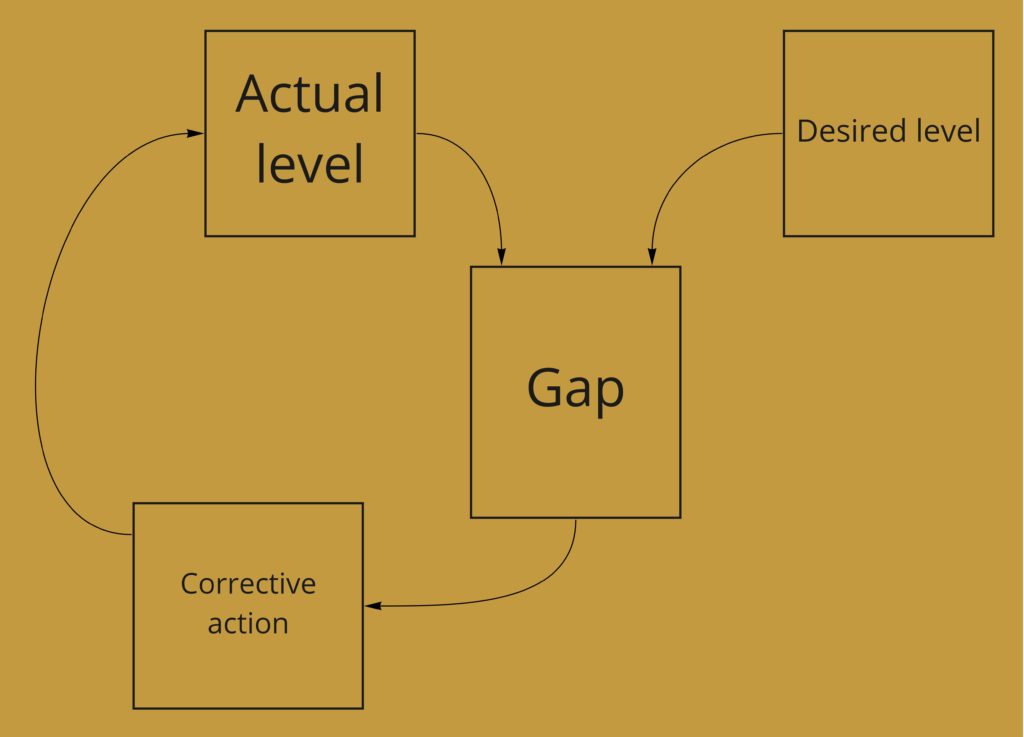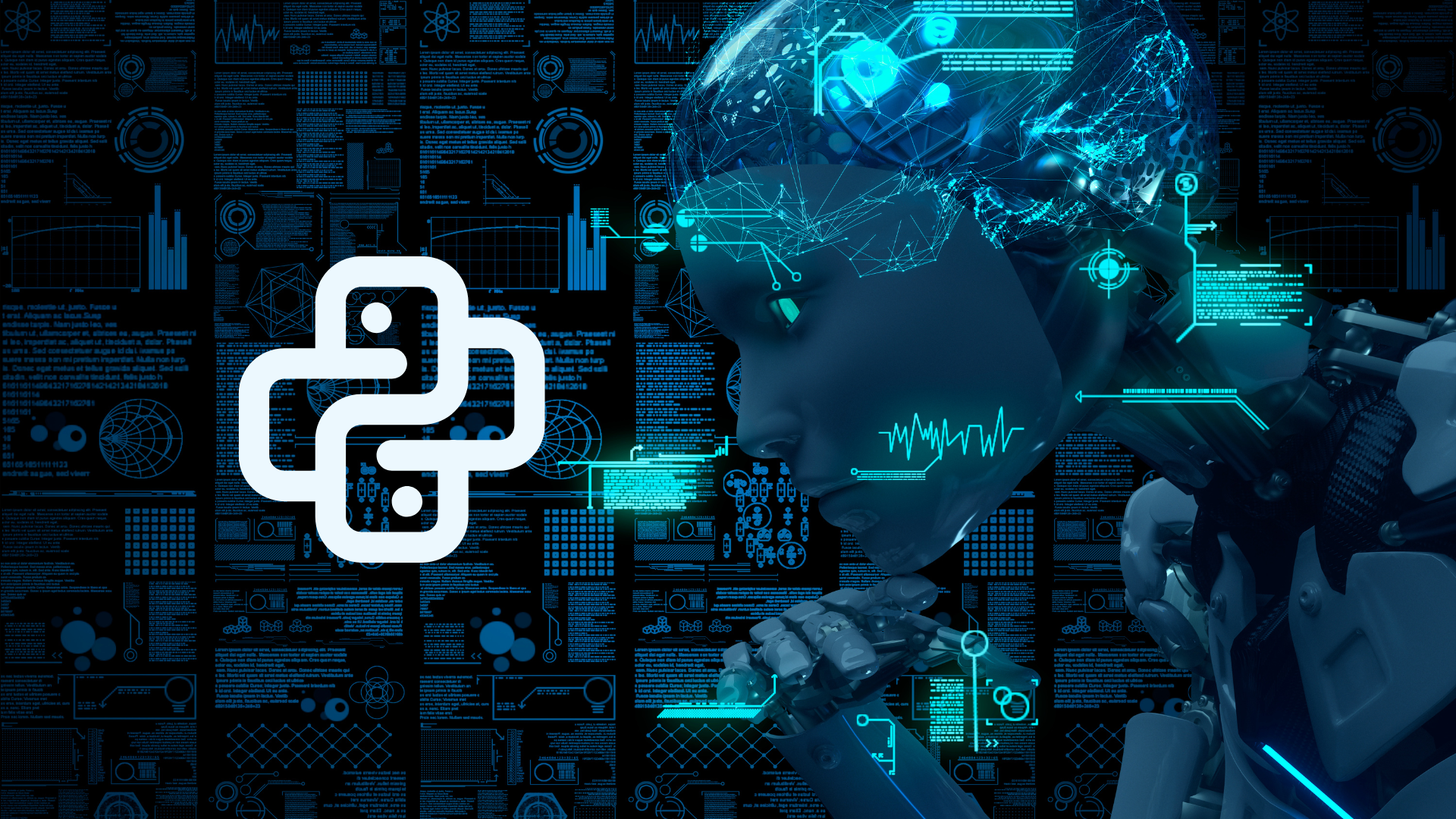In the previous part the relationship between design thinking and psychology of management. Now let’s discuss about how to merge design thinking with systems thinking and other approaches with same mindset
System engineerings vs systems thinking
Engineered systems implement a desired or required function.
It’s our own motives in a system that are difficult to explore and comprehend.
Systems thinking methods and tools can help us to model. Simulate, and produce complex systems especially when we want to solve wicked problems with challenges of capturing the environment with ever-growing complexity.
How is the modeling done? (Mapping of reality)
Since the effectiveness and level efficiency of new systems are more important today, delimitation of systems is one of the central tasks of modeling. Using modules and sub-elements, and understanding redundancies can reduce the probability of errors and failure of the system as a whole.
This is based on the assumption that we can influence and change the elements within the system boundaries. These elements are the strengths and weaknesses known to us, and the elements outside the boundaries are the opportunities and risks affecting our system.
Systems thinking uses different elements to optimize the system. Unlike linear systems, in system thinking response and feedback are vital and we see the world as a connecting unit with various relationships.
A model with feedback shows the information on how something happens and why it happens, so we can learn how a system behaves. A feedback loop increases the response in long run, and it can be both negative and positive, so it is important to stabilize the loops.

When we deal with the implementation of systems, we must ask ourselves five core questions:
1. Which gaps affect our systems, and to what degree?
2. Do we know the gaps and are we able to describe them?
3. How do we monitor the gaps?
4. What possibilities do we have to close the gaps?
5. How great is the effort to close the gaps, and how much time do we have to do so?”
How does systems thinking work?
A specific initial problem:
- Marks the beginning we try to understand the system
- We map the reality to understand the situation
- The situation analysis is about understanding it step by step, from rough to detail. We summarize the findings on the basis of which we formulate the goals to be fulfilled by the solution.
- We obtain the decision-making criteria for the assessment of the solution.
- Now let’s search for a solution that fit into the solution space.
- We evaluate the solutions and apply decision-making criteria.
- A recommendation is given and a decision is made. If the solution does not meet our needs, then we iterate the process until the problem is solved completely.

What mindset does a systems thinker live?
As a system thinks you should master different ways of thinking and correspond to the requirements on hand with the best methods at hand. You should look into the situation from different perspectives.
A good systems thinker:
- Always has his eyes on the big picture
- Takes the time to penetrate even complex interconnections.
- Searches for the “key” to the system.
- Thinks positively of a way to improve the system and doesn’t complain when it doesn’t work.
- Checks the results and improves the result with every iteration.
- Reflects on his way of thinking because it affects what will happen.
- Considers facts from various perspectives.
- Accepts that change takes place gradually and that interconnections also trigger changes.
- Identifies the effects that are triggered by an action.
The similarities of design thinking and systems thinking mindset:
– Coverage of the same or similar thematic areas.
– The purpose and goal is the solution of (complex) problems and the simultaneous definition and expansion of the solution space.
– It’s important to clarify the critical variables and functionalities at the onset of the project to reduce risks.
| Systems thinking | Design thinking |
| Focus on system | Focus on a human being (the user) |
| Iteration aim at gradual refinement | Many iterations help with understanding the situation better and approximating a potential solution |
What if we combine the two approaches?
Using design thinking can be helpful when thinking about systems and their boundaries in different situations; for example, you can use design thinking to not only have a clear understanding of the problem and solution space but also can identify blind spots and relations between elements or for generating new ideas.
Switching from design thinking to systems thinking and vice versa, aware us, design thinkers, that we are a part of a system in its environment. Our actions affect the entire system, and we can interact with it. At the same time, we can understand other stakeholders’ views of the system as a whole.
The basic questions posed to the system environment are:
1. What does the system produce? Is the result desirable?
2. How does the interaction of the system with us as human beings work? Does the interaction correspond to our needs?
3. What happens within the system? How do machines and sensors interact with one another? What do we want to achieve?
It is better to use systems thinking in tandem with design thinking when dealing with complex problems. Depending on the requirements of the project or personal preferences the strength of this combination can vary. But do not forget that all in all both approaches are not so different, they both follow the double diamond model and switch between convergent and divergent ways of thinking.
Build the bridge from a concept to a scaling solution
Normally design thinking journey ends with the concept, but from defining the MVP to scaling the solution is a long way. Business design and product development are normally done separately, but it is more profitable to create the development paths for the customers, the business, and the product in close collaboration. We suggest using service design to have a better experience.
How to achieve scaling
With design thinking, we achieve a customer/problem fit- that is, our understanding of the customer and the problem has the necessary depth.
- First we create a problem/solution fit.
- Refine it into a product/market fit.
- Reduce risk step by step through internal testing and iterations, and heighten the value of the project.
- From prototype we develop MVP.
- Expand and test MVP through iteration and testing with customers.
- Designing and developing an MVE helps to test the desired ecosystem scenario.
It is a good way for those who are at the beginning of their journey or at the beginning of developing their product.
Different approaches that have a similar mindset to design thinking can be merged.
How to keep the structures and make the most of our potential?
It is useful to expand the customer-oriented mindset of design thinking for existing products. In fast-growing industries, the value creation chain should be mastered.
- Focus on your own strengths.
- Constantly optimize the business processes.
- Bank on continuous improvement.
- Live internal customer orientation.
- To fulfill missions, rely on the responsibility of the teams.
- Act in decentralized and customer-oriented organizational structures.
- Offer the best support in the leadership of employees.
- Exercise open and direct communication.
- Conserve resources and avoid waste.
Digital business ecosystem
In today’s world, thinking in a decentralized structure helps the investment to rise steadily in the digital business ecosystem. This type of ecosystem does not have any center and different players act on an equal footing in the network.
A decentralized business ecosystem has the following features:
focuses on the user/customer
loosely coupled and designed for co-creation
networked and decentralized system elements
coordinated and accepted value systems of the actors
cross-industry offerings
maximum benefit for the participants and actors
enabled by new technologies (e.g., blockchain)
Designing the ecosystem happens on two levels: users and business. The center of a business ecosystem is the user with his job-to-be-done. Before designing the ecosystem, you should use design thinking tools such as persona and customer profile. After considering the user, you can think about designing the business ecosystem by creating a minimum viable ecosystem (MVE) and extending it step by step.
Large organizations dream of agile organizational structures that allow quick piloting and implementing of market opportunities. In Flexiana we can teach you how to transition your management and have gradual changes. We will help you with the collaboration of different teams to build guilds. Teams will work in squads and as a result, a higher level of employee excellence will be achieved in a short time.









